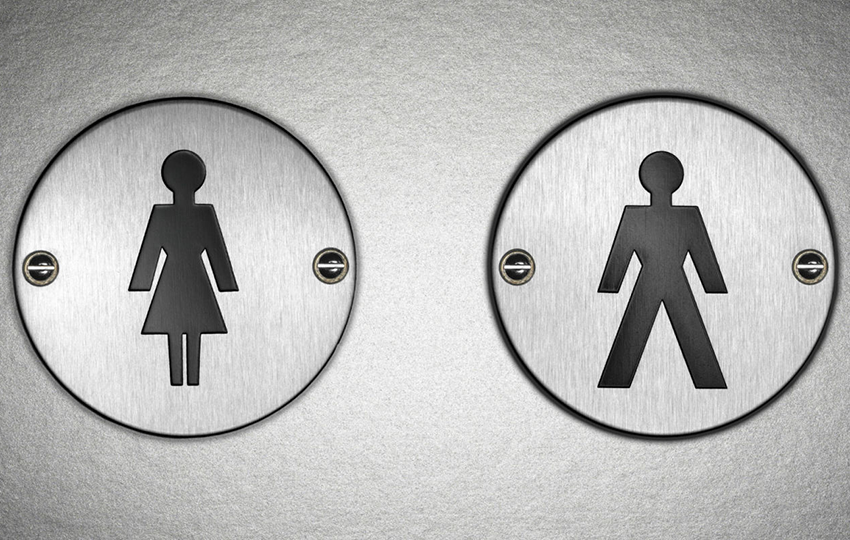In all countries and regions of the world working environment is dominated by distortions and inequalities against women. In many advanced societies in Europe and in the wide world the traditional labour division between genders has vanished and women work in fields typically occupied by men but this does not guarantee that there is not still a huge gap in the work life of men and women. Obstacles and prejudices still raised serious conditions of gender discrimination and gender equality in all aspects of the labour market. Women face discrimination in many fields of work life such as the levels of unemployment and employment and the career development prospects. The dominance of men in the labour market is a constant feature affirmed in all researches so far performed internationally.
Gender differences are especially recognized in the field of entrepreneurship. Although women are actively involved in the labour market over the past half-century, they still remain meaningfully underrepresented as entrepreneurs. Women do not play an active role in business initiatives due to the obstacles they often confront compared to men.
Surveys show differences between the genders in the field of entrepreneurship that are mainly expressed:
- In the different motivations of women to engage in entrepreneurial careers.
- In a different form of business in which women entrepreneurs are turning.
- In the relatively reduced number of women who undertake business activities.
- In the different attitudes of women in comparison to men towards self-employment.
- At different personality characteristics of women entrepreneurs than men entrepreneurs.
Current situation of female entrepreneurs in the European Union.
In Europe Women constitute 52% of the total European population but only 34.4% of the European Union self-employed and 30% of start-up entrepreneurs. The countries with the highest rates of female participation in employment are Finland, Denmark, Sweden and the Netherlands. Women’s employment rates are increasing from year to year. However, despite the increase, women’s employment rates remain low, the difference in employment rates between men and women account for an average of 20%. The highest differences are presented in Italy Spain and Greece.
Main challenges faced by female entrepreneurs:
- Stereotypes and discrimination based on gender.
- The difficulties in reconciling business and family concerns obligations.
- The overall business environment.
- Access to finance and to information.
- Access to networks for business purposes.
- Finding funds and support from government agencies.
- Disadvantage in terms of capital-intensive sectors and level of investments and as a result they display insufficiency on sales, profits and labour productivity.
- Depend substantially less than men on loans, both for starting-up their enterprises and for financing their activities
Support female entrepreneurship and gender equality by:
- Insurance of equal opportunities for both women and men entrepreneurs in funding as well as subsidy.
- Creation of a favourable business environment for women’s entrepreneurship development and gender equality.
- Develop tools and support services for women entrepreneurs.
- Foster and promote comprehensive support programs designed to prevent loss and to resolve several issues as it is concerned their enterprises.
- Organise training seminars for the latest news in the world of entrepreneurship and investment.
The entrepreneurial system is still dominated by men. Both in international level and in the European Union in particular, the statistics show that female entrepreneurship moves to consistently lower levels than men. But female creativity and entrepreneurial potential are an under-exploited source of economic growth and jobs that should be further developed and promote gender equality.


